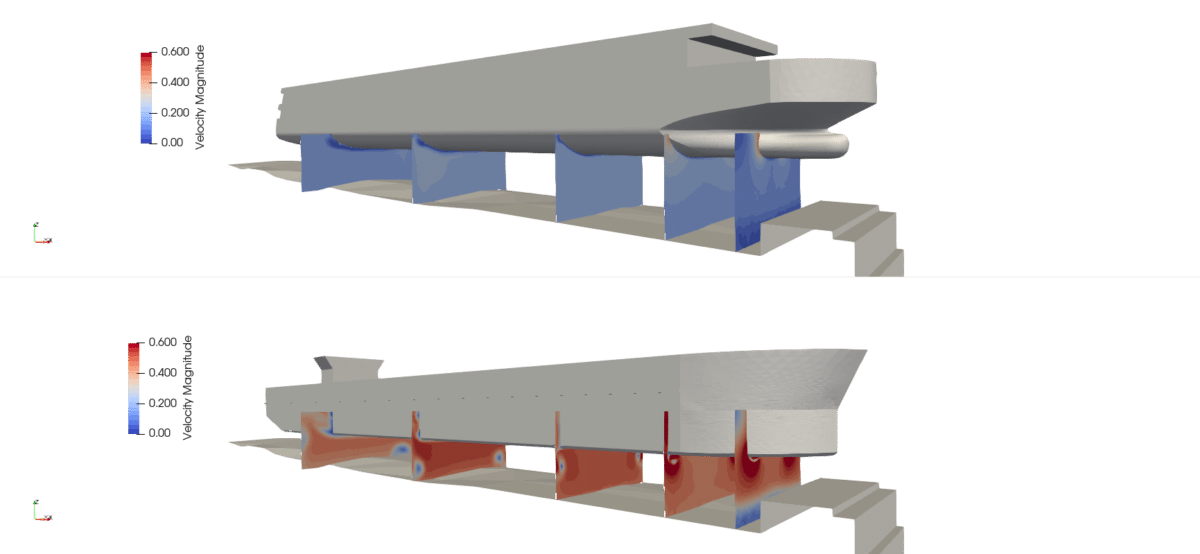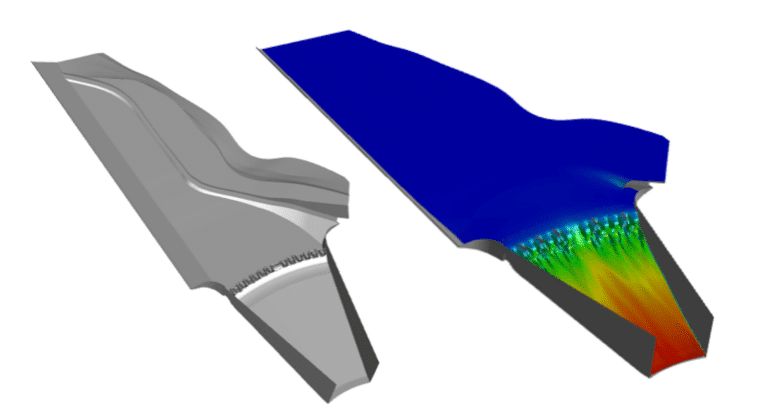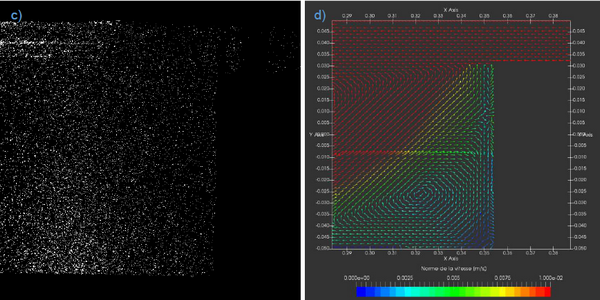Context
When a ship crosses a canal or a river equipped with hydroelectric power stations, for example, it has to pass through one or more locks. These structures generally consist of a lock chamber, into which the ship enters. A hydraulic circuit raises or lowers the water level. The opposite gate then opens and the ship continues on its way.
The approach of ships to locks is regulated and, in particular, a maximum approach speed must be observed. The locks in question are fitted with a fuse at their upstream end to protect the lock gate in the event of a ship being unable to stop before the gate.




